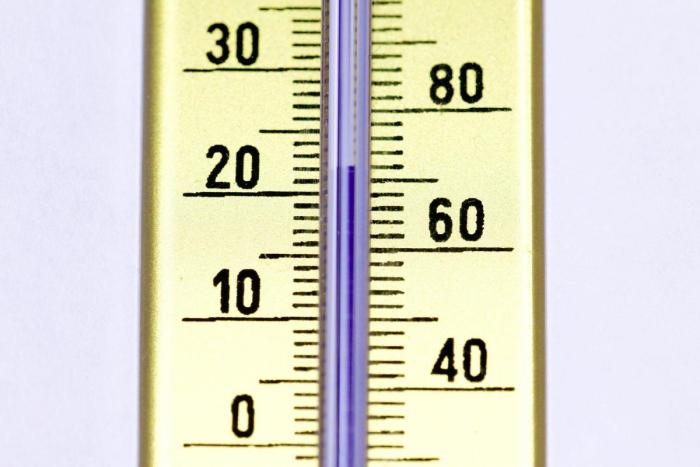
Details
Solution type
Heat pumps are becoming an increasingly popular and efficient solution to raise the share of residual heat sources in district energy systems.
This Celsius webinar brought together experts from the International Energy Agency’s (IEA) Heat Pumping Technologies programme Annex 47, to explore the main drivers and barriers to the deployment of heat pumps in district energy systems.
https://www.youtube.com/watch?v=outdfvZitEs&feature=emb_logo
1. IEA Annex 47 - Heat Pumps in district heating and cooling systems
Svend Vinther Pedersen, Senior Specialist at the Danish Technological Institute
Shortcut to the video recording
Overview of Annex 47 of IEA's Technology Collaboration Programme on Heat Pumping Technologies (IEA HPT TCP). This Annex is also connected to the IEA District Heating and Cooling Programme (DHC).
The evolution of the four generations of district heating is described, and the classification of DHC is presented, based on temperature levels. The integration of heat pumps in the DHC is crucial, and it can be either de-central (close to the heat source) or central (close to the user), or a combination. In Europe, presently 12% of households have district heating (DH) today, although it varies significantly between countries. However, in order to minimize CO2 emissions, it is recommended that the share should be around 50% in 2050, and in the Heat Roadmap Europe 2050, heat pumps cover 25% of the DH.
2. Barriers and opportunities for large-scale heat pumps in district heating and cooling networks
Roman Geyer, Research engineer in Eclectic Energy Systems at the Austrian Institute of Technology
Shortcut to the video recording
The motivation to use heat pumps in domestic heating and cooling can be divided into the following areas:
- Usage/capture of low-temperature alternative heat
- Enabler for other alternative energy sources
- Link to the electricity grid (balance of energy domains)
- Reduction of the network temperatures
- Increasing transport capacities, by using the return line as a source.
In Europe, Sweden stands out with a very high installed heat pump capacity, about 2/3 of the capacity of Europe in total.
Within the project connected to Annex 47, challenges were investigated related to customers, society/politics, market, and technology/innovation. The challenges were then sorted into social, technical and economic barriers, with some natural overlap between the three. Economic and political framework, new business models, local involvement, system thinking, circular economy, fair pricing, capacity expansion, and standardisation were suggested as possible solutions to overcome the barriers. Success factors for heat pumps in DHC include strong partners, projects, energy spatial planning, and price signals to fossil fuels. A network in Vienna, Austria, is presented which includes central Europe’s largest heat pump as an example of DH.
3. Heat pumps in district heating systems
Markus Lindahl, Project Manager for RISE
Shortcut to the video recording
On the Swedish heating market, district heating dominates in multi-family houses, and heat pumps in single-family houses. Facilities and multi-family houses with an installed heat pump are often connected to district heating. DH is often used as auxiliary heat when needed. Future smart grids would benefit if it would be possible to alter heat production based on demand and supply. Hybrid heat pumps exist on the European market, with the possibility to alter between heat pumps and gas/oil boilers.
Along that line, a project is described on how to optimize the combination of heat pumps and district heating in multi-family houses. This is done by minimizing the variable cost by using an algorithm that was developed for the project. For each hour, the algorithm chooses the lowest cost, by selecting heat from the heat pump or from district heating. This is demonstrated in a case study, performed in the city of Linköping, Sweden.
4. Questions from the audience
- What has been your operational experience on running heat pumps on part-load?
- Have you estimated GHG savings from the HP-DH hybrid project (RISE)?
- Which generation of district heating does cities normally start in nowadays?
- How quickly are heat pumps able to respond to peaks in demand?
- What are the favourite solutions for domestic hot water (tap water) for domestic multi-family houses?
- To what degree is noise a factor for neighbours for these large heat pumps?
Names of stakeholders
Emilia Pisani, Johanneberg Science Park
External links:
International Energy Agency, The IEA Technology Collaboration Programme on Heat Pumping Technologies, ANNEX 47: Heat Pumps in District Heating and Cooling systems
Replicability |
Low |
Medium |
High |
|---|---|---|---|
| Authorisative easiness | x | ||
| Adaptability to different climate conditions | x | ||
| Technology easy-to-implement (No need for specific technical requirements) | x | ||
| Easy-to-implement (No need for specific technical requirements) | x | ||
| Easy-to-operate (No need for specific technical requirements) | x | ||
| Opportunity of integrating waste energy sources | x | ||
| CAPEX needed for the deployment of the solution | x |
